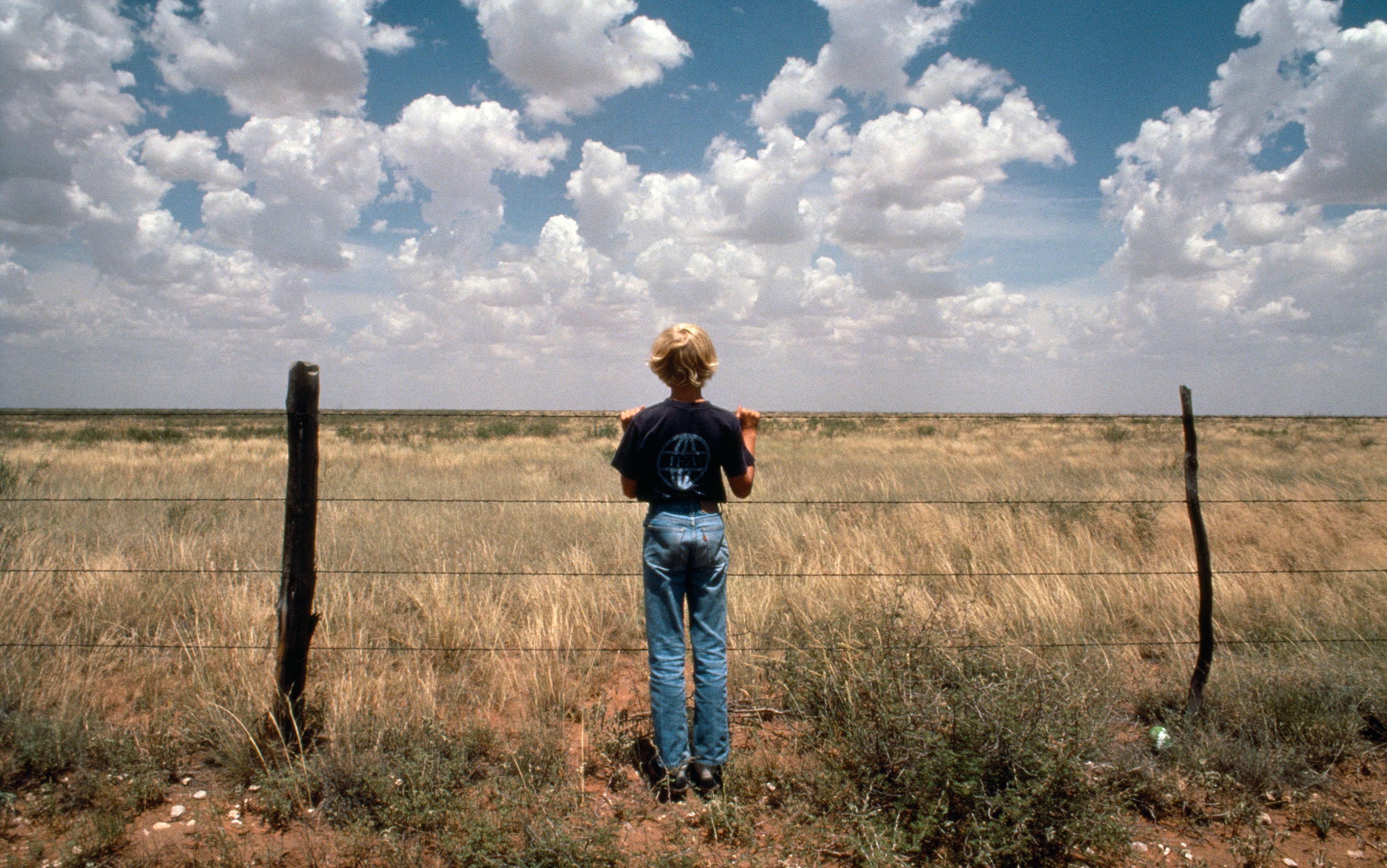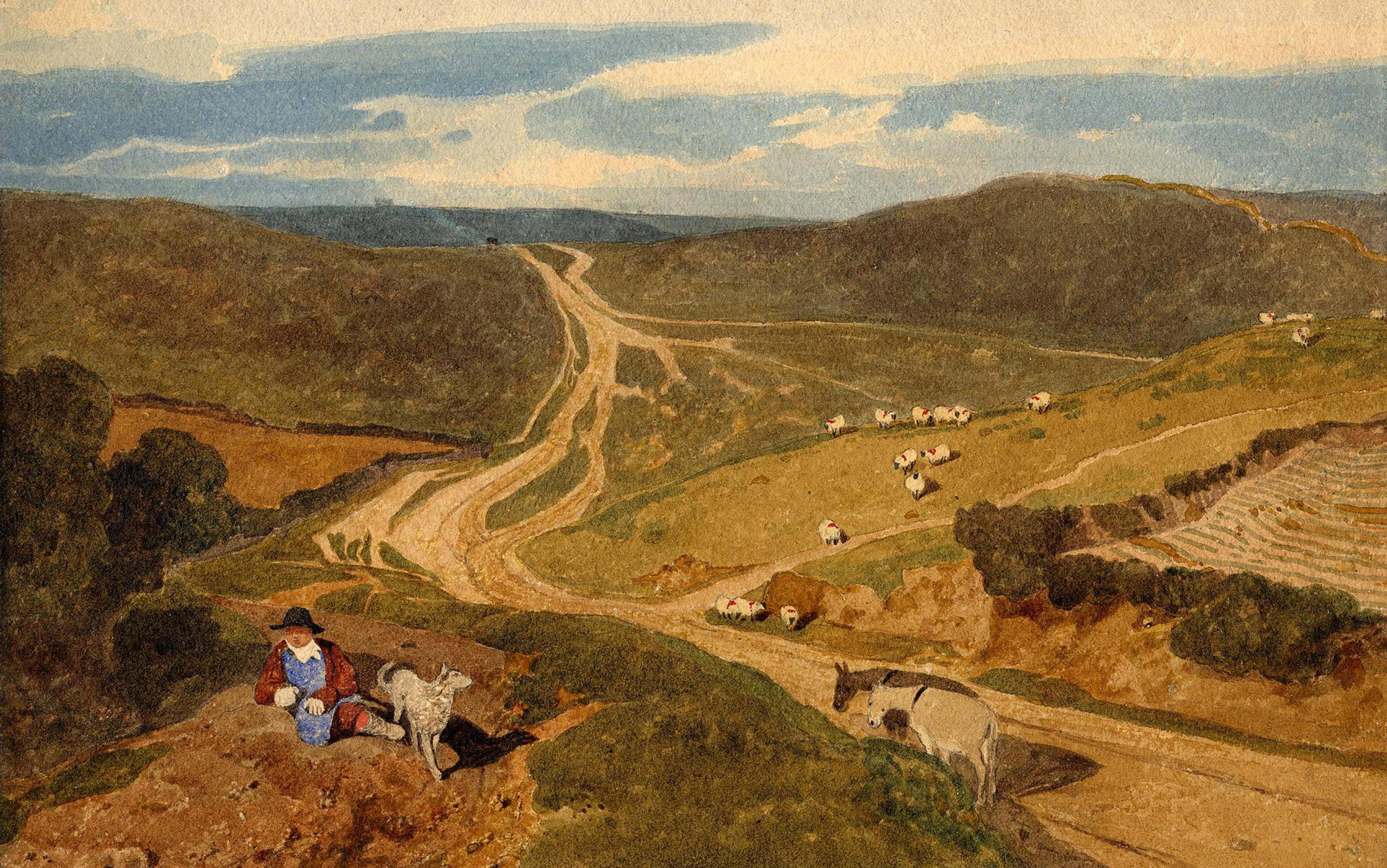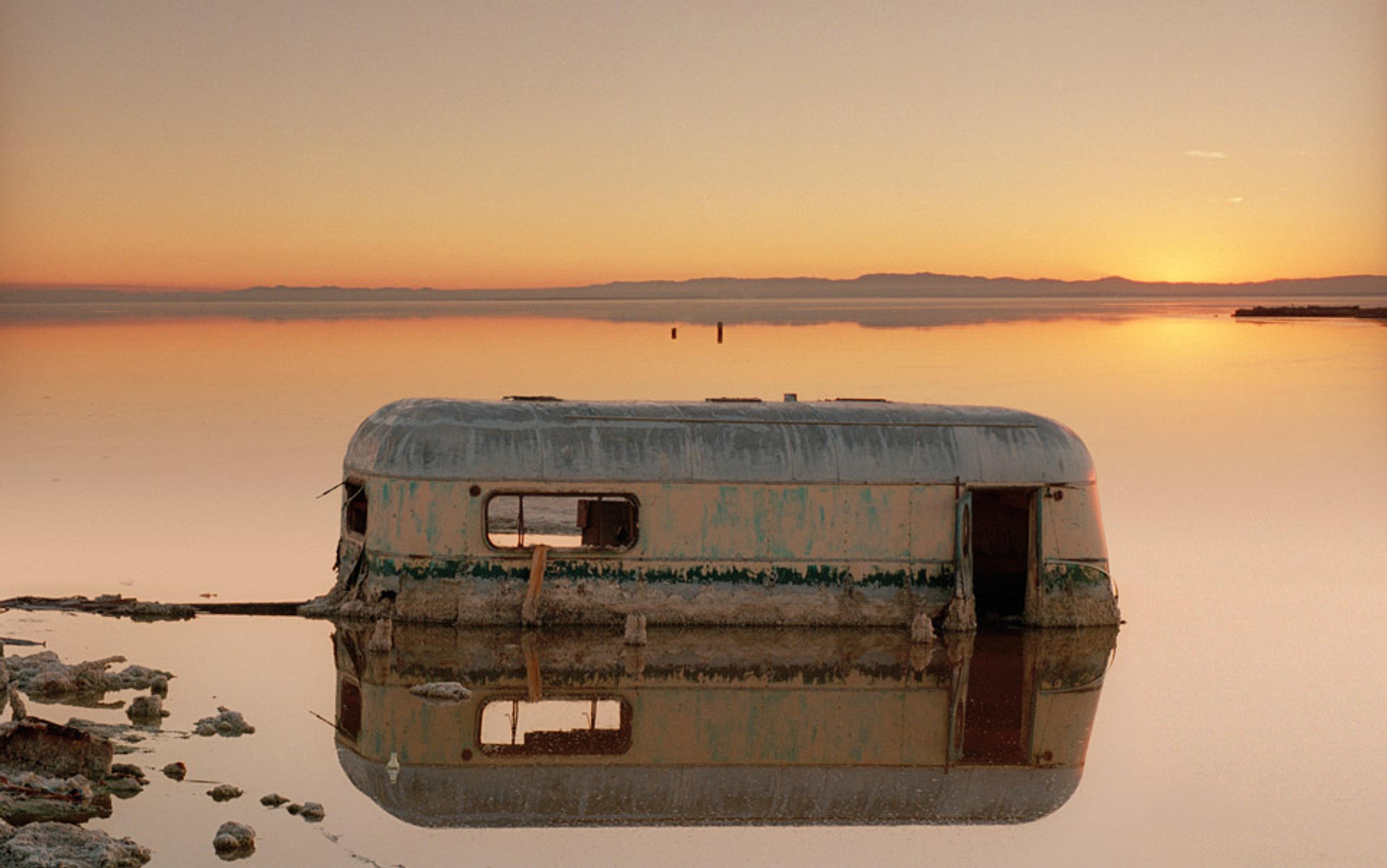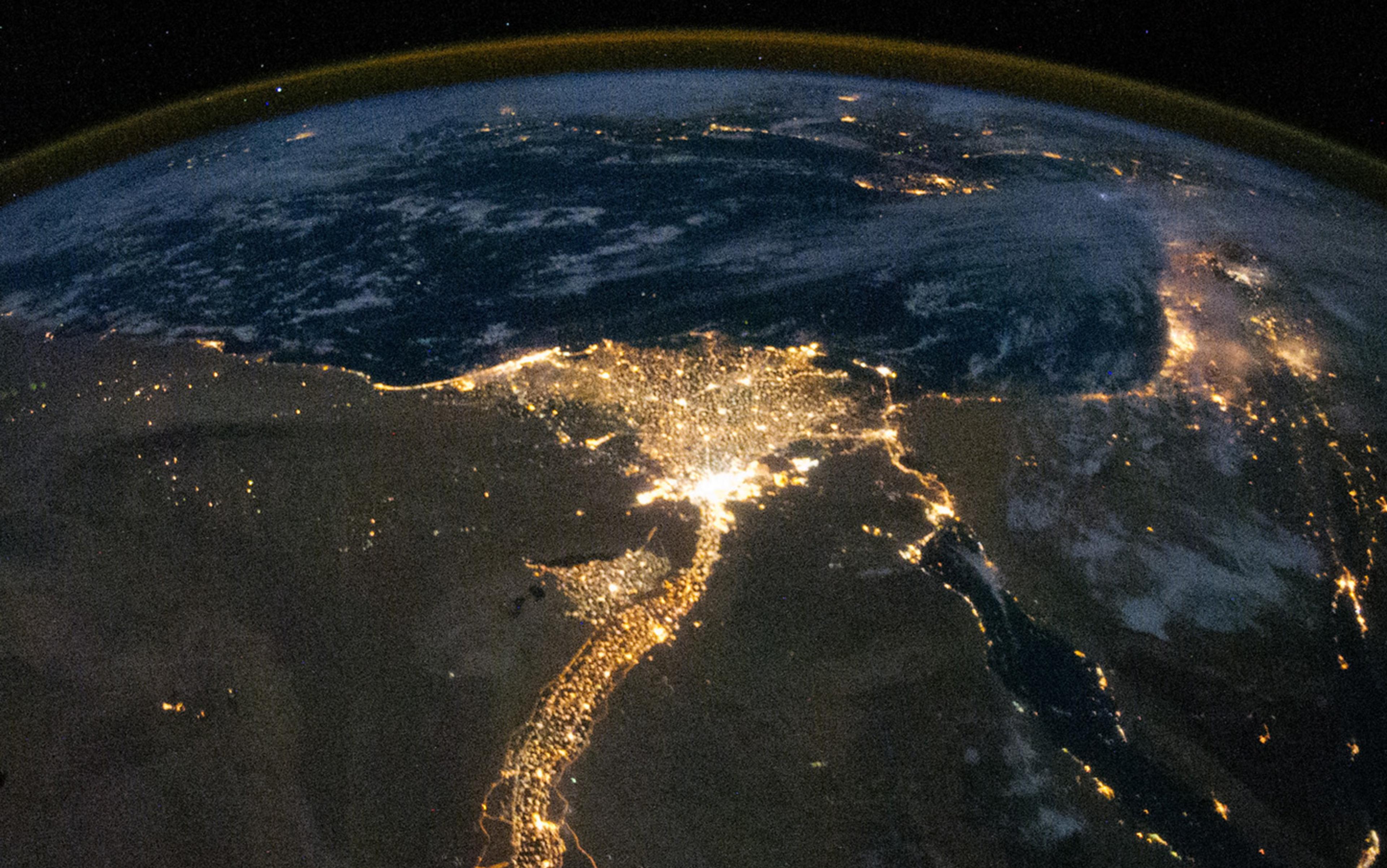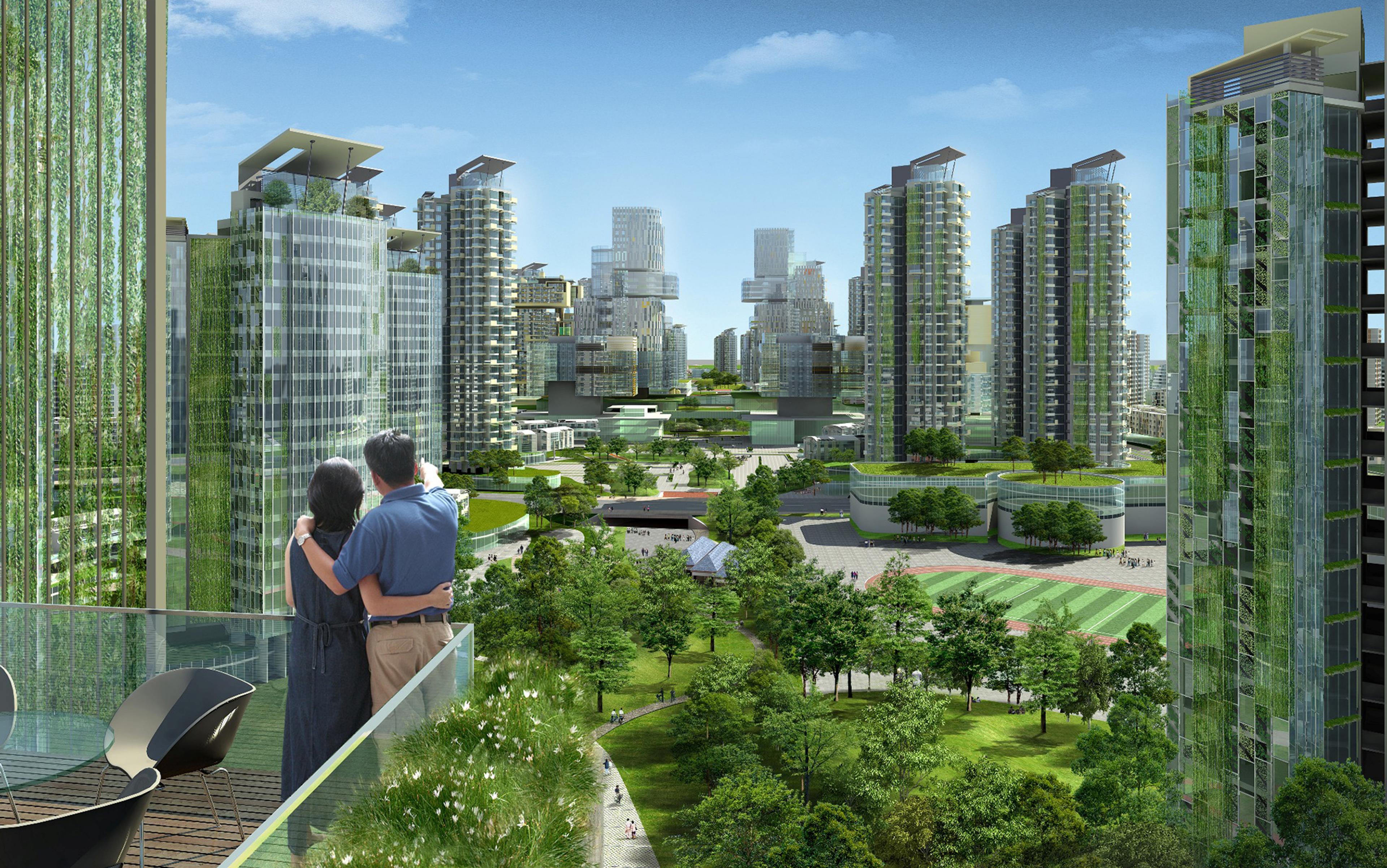As I cycle from downtown Chicago to my university’s campus, I pass over a complicated and consequential history with the land. Just over two centuries ago, the Chicago area was swampy, fur-trading land for Indigenous tribes. Most prominent among them were the Ojibwe, the Odawa and the Potawatomi, together known as the Council of the Three Fires. These tribes had collective rights to land and rotated hunting grounds. Much has changed since.
After war and disease weakened the tribes, the United States government claimed the grasslands, forests and, most crucially, the land around the Chicago River in the wake of the War of 1812. It then passed into the hands of the state of Illinois, followed by a canal commission, which in turn sold it to private buyers. As I set out on my bike, I ride through a public park that was once a frontier US Army post and later became a dumping ground for charred ruins following the Great Fire of 1871. I then pedal past the site of skirmishes between the US Army and local tribes, and between a set of beaches and neighbourhoods where racialised battles for land zoning and development played out between Black people, white people and the city since the time of the Great Migration. Arriving at my campus, I reach land owned by the University of Chicago that was bought in the late 1800s by the department-store owner Marshall Field, who subsequently donated it to John D Rockefeller to host the university, founded in 1891.
It can be easy to forget the significance of the ground beneath our feet – and how much it has shaped the societies we live in. For most people, their home is their house – or their landlord’s. It is bought, sold or rented along with the land underneath it, passing between families over the years. But at some point – and probably several times – there have been abrupt changes to that seemingly permanent arrangement. Land tenure can be profoundly reshuffled. It has in the past and it will be again in the future.
As a political scientist, I’ve studied how land power has shaped societies all over the world. From Ireland to Italy, from Chile to South Africa, and across the US West, struggles over ownership and land use are etched in family histories and have determined the fate of nations. In windswept mountains near Cuzco, Peru, for instance, I met a woman who recounted growing up as a forced worker on a private estate with colonial roots: in her 20s, that land was seized by the government and passed over to the community, which later broke it up into family plots. Another man I spoke with recently in South Africa told me of his parents’ forced displacement under apartheid. Their land was planted by a sugar company, but in 2008, it was returned to the community, who now lease it to the same company. And in Patagonia National Park in southern Chile, I recently hiked through grass-covered steppe that had, in the course of a century, passed from a natural, episodically transited landscape to an enclosed private ranch, a multi-family government cooperative, back to a private ranch, and then into the hands of a philanthropist who passed it to the government for conservation.
Today we are in the middle of a ‘great reshuffle’ of land. Over the past two centuries, nearly every society has reallocated land ownership and property rights. And because of the power that land confers to those who hold it, this reshuffling has set societies on distinct trajectories of development. It’s helped some countries become more egalitarian and productive, whereas for others it has embedded racial hierarchies, deep inequalities and economic stagnation.
The global population bubble and climate change will amplify the reshuffling, and a picture of how that will happen is starting to emerge. Land will become ever scarcer and more valuable as populations increase – and the opposite could occur in the next century as the world’s population plummets. Meanwhile, a changing climate will make vast areas of land more attractive and productive while rendering other areas uninhabitable. Amid these changes, the question is how to reshuffle land well. One thing is clear: centuries-old approaches to property rights and ownership are not up to that task.
Around 10,000 BCE, the global population was somewhere between that of modern San Diego (1.4 million) and New York City (8.5 million). In all prior human history, small groups had roamed Earth with access to abundant resources, so there was no need to fixate on land ownership. That changed with the rise of farming and sedentary communities. Permanent agricultural towns were established by around 5000 BCE, and in some places even earlier. For the first time, entire settlements of people could sustain themselves through crops and animal husbandry. Land power was born.
The control of land meant the control of production and surplus, and the ability to accumulate status, wealth and power through domination, conquest and the creation of social rules. Land soon became a focus of competition. Accordingly, there are records of land conflict dating to ancient Mesopotamia, as well as land disputes from the Roman Empire.
The still relatively small human population around the start of the Common Era – somewhere between 150 million and 300 million – multiplied to 1 billion around 1800. Land competition accelerated along with its relative scarcity. Entering the 19th century, landholding had become even more unequal in many parts of the world. From the sprawling and abusive haciendas of Latin America to lord/peasant societies in Europe and Russia and deeply unfair landlord/tenant systems in East Asia, many of the world’s wealthiest regions operated on exploitation and coercion. On my paternal side, my ancestors’ lives were caught, like many others’, at the bottom of this hierarchy, toiling under serfdom in parts of Austro-Hungarian and Russian-occupied Poland.
Over the next two centuries, states became strong and organised enough to appropriate, reallocate and reassign land at a massive scale and with considerable precision. Social tensions boiled over into conflict. The result was a dramatic upheaval in who holds the land in societies across the globe.
Within a generation, families were sending their children to schools rather than the fields
This great reshuffle began in different ways. In some cases, it entailed the appropriation of Indigenous lands on the part of settlers. Other times, it involved stripping large landowners of their property and granting it to peasants, whether collectively, in cooperatives or as individuals. My ancestors in southern Poland won a small plot of land – presumably taken from the local noble family – through the 1848 revolutions that swept across Europe.
Land reshuffling rewired nearly every country on Earth and set societies on new trajectories of development, race and gender relations, and treatment of the environment. For some societies, that meant becoming more egalitarian. In the years after the Second World War, Japan, South Korea and Taiwan all adopted sweeping programmes that transferred land from landlords to their tenants in small, family-sized plots. The governments of these countries followed that up with generous subsidies. Within a generation, families were sending their children to schools rather than the fields. Urbanisation and industrialisation followed, vaunting these nations to the forefront of the global economy.
Far more countries stumbled. Following the end of China’s civil war in the late 1940s, the Communist Party seized all private land in the country, nationalised it, and then formed large land collectives that incorporated some 430 million people. It was one of the largest experiments in land reshuffling in human history. And it wreaked havoc as China’s forests were felled and underproductivity in agriculture drove the Great Famine. Walking through the fields of a place like Dali in Yunnan province today, as I have done, paints a different picture of productivity that emerged only after China broke up its collectives and allowed families to farm specific plots of land.
In South Africa, land ownership was dictated by apartheid. The government forcibly removed Black people from their land and dumped them in low-quality areas removed from centres of economic and political power. White people then appropriated the land for themselves. By the end of apartheid, the white minority, which comprised about 11 per cent of the population, held 86 per cent of the country’s farmland.
In the US, land reshuffling had varied consequences. The displacement of Indigenous communities and reallocation of their land to settlers set the stage for a radical experiment in democracy among smallholding settlers in New England, the slavery and plantation system in the South, and a system of Indian reservations in the West. When I did fieldwork at the Agua Caliente Reservation that centres on Palm Springs, California in late 2023, tribal members pointed to repeated land grabs as the root of attempts by outsiders to break down tribal cohesion and cultural preservation.
Around the world today, people are living and breathing the consequences of how the great reshuffle has rewired societies – from resource depletion to racism, gender inequalities, prosperity levels, and the global pecking order. In the coming decades, addressing problems linked to these shifts will require recognising their origins and crafting policies that turn land into a force for positive social change.
After all, land is still the world’s most valuable asset, despite the economic rotation toward technology and manufacturing in advanced economies. Growing populations and the need to feed them and generate resources for them have driven a spiralling demand for land. This is true even in urban areas, where land prices typically skyrocket. Pressure on the land is only going to increase in the coming decades. More land reshuffles are coming.
The same drivers of the onset of the great reshuffle are still operating. Countries like Brazil, Canada, Colombia and South Africa continue reshuffling their land today to address land pressure and to redress prior actions such as the forcible dispossession of Indigenous groups. South Africa, for instance, is still working to return millions of acres of land to meet the demands of Black people dispossessed under apartheid. In late 2023, I worked with several beneficiary Black communities in the Tenbosch area of Mpumalanga province whose members bear witness to both the brutality of apartheid-era displacement and the transformative power of land restitution. Their story is one of thousands.
Meanwhile, the global population is growing, crowding the land and raising calls for governments to accommodate the landless. Towards the end of the century, demographers expect the global population will reach a peak of around 10 billion people – a tenfold increase since 1800. However, growth will be uneven. The populations of countries like Japan and China are already shrinking. Meanwhile, sub-Saharan Africa is anticipating a population boom that will dramatically increase pressure on agricultural land, echoing events in Europe several hundred years ago and in Latin America a century ago. Nigeria, with a fertility rate of 5.2 births per woman, could surpass China’s population before 2100. And the Democratic Republic of Congo, Ethiopia and Tanzania could become among the 10 most populous countries on Earth.
Climate change is beginning to drive a new surge of migration and competition over land
Popular demands to reshuffle land and political desires to do so will be overwhelming in these countries. It’s already happening in conflict areas like Sudan. Some decisions could have salutary effects, shifting land from illegitimate elites into the hands of families and clans that face insecure land tenure or land displacement. Reshuffling, however, could just as easily become weaponised: a violent economic tool of ethnic conflict or political domination.
And just as the world is going through its population crunch, a potent new factor – climate change – is beginning to drive a new surge of migration and competition over land. As the planet warms and resources dwindle, land is poised to change hands and uses at an increasing rate.
The future lies to the north. Latitudes north of the 45th parallel make up only 15 per cent of the world’s surface area but have 29 per cent of its ice-free land and are very sparsely populated. Even more northern land is set to shed its ice and permafrost in the coming decades and become more temperate and productive. Much of this land is owned directly by governments and Indigenous communities, often with colliding claims; little of it is privately owned.
Canada and Russia, the world’s two largest northerly countries, will undergo the most dramatic changes. Agriculture could dramatically expand through longer growing seasons, warmer temperatures and the melting of millions of acres of permafrost. One recent climate model shows Canada gaining 4.2 million square kilometres of arable land suitable for growing crops like wheat, corn and potatoes by 2080 – a fourfold increase of its current stock of suitable land. A comparable amount of land will become newly arable in Russia, positioning these two countries as the world’s key breadbaskets of the future. At the same time, these changes will threaten expansive boreal forests and the forestry industry.
The more temperate climate and increased economic activity in these countries will drive population growth and migration, placing pressure to reshuffle lands. In Canada, 89 per cent of all land is ‘Crown land’ – publicly owned by the federal government and provincial governments. Indigenous First Nations people lay claim to large portions, so tensions could boil over as private interest strengthens.
A growing share of Alaska’s land will become arable within decades
It would also come at a time when Canada is aiming to conserve more of its land through a new set of national parks. Such land conservation is part of a growing trend. The Chilean government, for instance, in 2018 created a new system of 17 national parks located over 2,800 kilometres between the southern port city of Puerto Montt and the southern tip of South America at Cabo de Hornos. The parks system – including Patagonia National Park, a rugged and windswept patchwork of mountains and grasslands that I recently visited to document this transformation – covers nearly 30 million acres of land. From 2014 to 2018, Chile went from protecting just 4 per cent of its land and sea area to protecting 36 per cent. Meanwhile, China now aims to create the world’s largest national park system by 2035, and countries like Norway are poised to expand their national parklands.
In 2016, the Russian president Vladimir Putin began a programme to encourage settlement in Russia’s Far East, much of which is anticipated to gain from climate change. The Far-Eastern Hectare programme, similar to the US Homestead Act of 1862 but double in size, opened hundreds of millions of acres of public land to prospective settlers. So long as they stay there for five years, they can gain a small plot of land and a grant to work it. Although it had a slow start, more than 100,000 Russians had won grants as of 2023, and Putin started a similar Arctic Hectare programme in 2021 to settle Arctic regions. Both of these programmes could expand in the coming years and rewire land ownership in Russia’s periphery, while simultaneously posing a threat to Indigenous territorial claims.
As for the US, the picture in Alaska parallels that in Canada. The US federal government owns 61 per cent of Alaska’s land, and a growing share will become arable within decades. With Indigenous claims to a large portion, there will be campaigns to reallocate this land – for instance by privatising more federal land – as it becomes more attractive for settlement and economic activity.
And alongside this thawing, governments, private interests and, where present, Indigenous communities, are poised to clash over sparsely populated territories like Greenland and Antarctica with weak, absent or transitional sovereignty. Indeed, under President Donald Trump, that has already begun.
While looming northern land reshuffles will catch outsized attention, climate change will also foster internal reshuffles on the land in countries across the globe. That dynamic could be scary and destabilising, but it is also an opportunity. Changing land relationships and migration patterns associated with climate change present a possibility to put land in service of society in ways that have rarely been attempted in human history.
The coming global land reshuffle will produce winners and losers, but it can be positive-sum if we make it so. Reshuffling the nature of property rights must be a cornerstone of those efforts.
Over the past few centuries, Western notions of individual, exclusive and alienable property spread across the world via colonialism and globalisation, replacing more complex and conditional rights to land. However, in recent decades, a range of different approaches have emerged.
One approach entails a shift toward ‘layered’ property rights. Countries like Mexico and Peru now recognise community territorial claims over large areas of land while also allowing for private property. Members of Mexican communal lands that I have spoken to in community meetings, on street corners and at their homes in the southern states of Oaxaca and Chiapas can seamlessly and readily identify individual versus communal property within their communities, and recognise the different value and purposes of each. The same is true in remote Indigenous villages I’ve hiked through near the peaks of the Andes in Peru.
Property owners can voluntarily enter into legal agreements that limit land use for certain activities
Australia in recent decades has recognised the concept of ‘native title’ over land on the part of Aboriginal and Torres Strait Islander people and has allowed this concept to overlap with government leases of land to private pastoralists. The US, in the landmark 2020 case McGirt v Oklahoma, recognised tribal jurisdiction over certain criminal cases in a massive swathe of eastern Oklahoma. These examples demonstrate the flexibility in delegating a variety of rights and autonomies to different occupants and interest-holders in the same land.
Another approach involves restricting individual property rights for greater social purposes. For instance, property owners can voluntarily enter into legal agreements known as conservation easements that limit land use for certain activities (like draining wetlands or clearing land for grazing). Government agencies and conservation organisations like land trusts (eg, the Nature Conservancy) engage in these agreements with private landowners at an increasingly large scale – more than 30 million acres across the US alone.
There will inevitably be mistakes and growing pains associated with such approaches. But these efforts will be increasingly important if we are going to manage future land reshuffling to the benefit of societies as a whole, and without systemic conflict. Everyone from Aboriginal Australian leaders to Minnesotan farmers have expressed excitement to me about this future under new land arrangements.
In the 22nd century, the great reshuffle will shift once again. There will be major changes in the size of human populations, the climate, technology and, inevitably, in politics. The result will be new relationships with the land that could look foreign to what we experience today. Experiments with new forms of property rights will need to go mainstream in order to accommodate shifting populations and climate change in an orderly and equitable fashion.
There is considerable uncertainty in population projections beyond 2100 but, if fertility rates continue their steady decline, the several-millennia-old human population boom is most likely going to bust. If the world converges to today’s average low fertility rate in East Asia, the 22nd century would be one of rapid depopulation, tracing back to some 2 billion people.
Having grown up in the suburbs of Detroit, I have seen firsthand how population decline can hollow out a city. At its peak in 1950, Detroit’s population was 1.85 million. It has since declined to barely over 600,000. In 2013, this tipped the city into the largest municipal bankruptcy in US history. The Detroit Land Bank Authority now owns a vast array of vacant property that it seeks to offload, in part through a programme that offers residents vacant lots for a mere $250.
In the 22nd century, many cities may trace Detroit’s trajectory. If housing remains dense, city footprints will have to shrink dramatically. Meanwhile, in the countryside, there will be far more land to go around, but that land may be degraded if it was not adequately protected.
A significant portion of the world’s population could end up as renters
The climate picture in the 22nd century will also drastically alter where people live on the land and how they relate to it. Even if emissions slow considerably, global temperatures and sea levels will rise, and weather patterns will be more extreme. As we explored earlier, a thawing North will continue to open up to agriculture, but land elsewhere will undergo drastic change. Arid and drought-prone areas like northeastern Brazil, the US Southwest and the African Sahel will become increasingly hot and pose a challenge for human livelihoods. Crop yields in the US Southwest are already declining and farmers are struggling to access water for their fields. Some are giving up and fallowing or leaving the land. Meanwhile, low-lying coastal areas in places like Florida and Bangladesh will disappear, as well as entire island nations like the Maldives.
That changing land use will inform the political landscape. Some countries may trace the path that Canada envisions for itself: welcoming immigrants into a dynamic economy. An influential group of Canadian leaders are already organising around an idea known as the Century Initiative that aims to triple the country’s population by 2100, largely by supercharging immigration. Other countries may wall themselves off to protect existing landholdings, resources and wealth from outsiders.
Growing wealth inequality could directly impact who owns the land, too. Powerful multinational companies have increasingly amassed land in order to secure their supply chains, crowding out local populations. If wealthy individuals and investors buy up land at a large scale, a significant portion of the world’s population could end up as renters, mimicking patterns of concentrated large landholding and widespread landlessness that prevailed prior to the onset of the great reshuffle.
Amid all these climatic and economic changes, future generations will make choices once again about whether to spread out on the land or to concentrate in shrinking cities. Land will once more undergo a radical reshuffle in either scenario.
If humanity is to flourish, the next century and beyond will again require a rethink of land relationships. From their origins several centuries ago to their global spread in recent decades, notions of exclusive, individual and alienable private property have gone hand in hand with population growth and land reshuffling. That will not be a sustainable way to pass through the bursting of the population bubble and impending climate change.
If the next chapter of the great reshuffle is to go well, we must incorporate considerations of community, prosperity, dignity and the environment. This isn’t so radical as it sounds. I see glimpses of this vision, and its advocates are already emerging. The ground beneath our feet may always be shifting, but by rethinking traditional notions of who owns the land, we can approach the future on a firmer footing.

